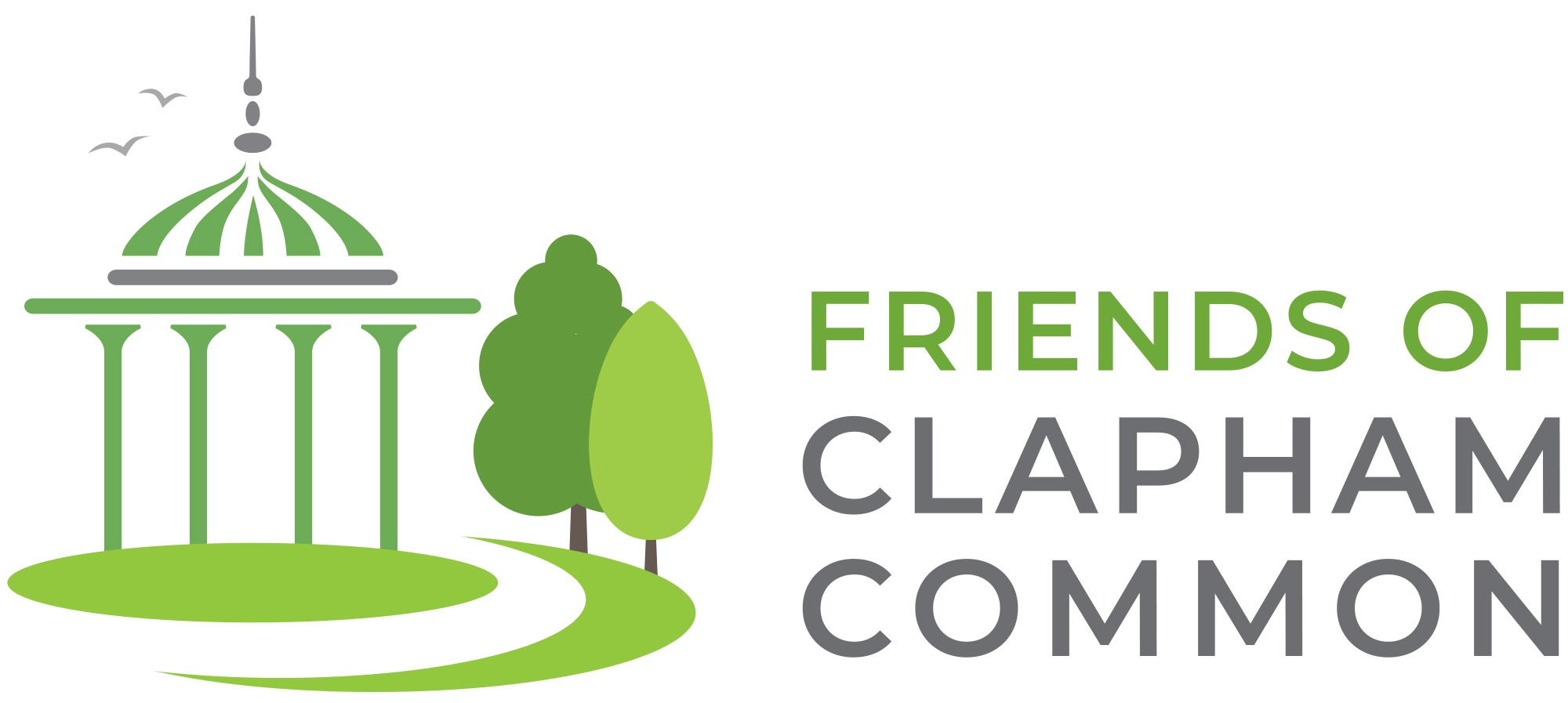A Brief History
History of Clapham Common
We have provided a summary of Clapham Common’s interesting history below.
If you would like to read a more complete history of the Common please click here.
1086 – 1825
1086
• The Manor of Clapham (including the Common as part of its lands) mentioned in Domesday Book.
1642-51
• Civil War: Atkins family (Clapham Manor) support the Commonwealth.
1716-1780s
• Battersea parishioners dug bank and ditch across Clapham Common to keep Clapham parishioners’ livestock out. Refilled by Clapham parishioners.
• Holy Trinty Church built. Later (19th Century) famous as the meeting place of the Clapham Sect led by William Wilberforce. The Sect was a major force behind the abolition of slavery.
1825
• Stage Coach services to Clapham stop around the Common. Omnibus service introduced in 1830.
1826 – 1893
• Long Pond built -probably London’s oldest model yachting site.
• Clapham Common Golf Club formed (2nd oldest in London).
• Clapham Common acquired by Metropolitan Board of Works from the Lords of the Manors. 70 acres drained. Formal recreation grounds laid out. Regulations on sports and games issued.
• London County Council becomes responsible for the Common.
• Bandstand (Grade II listing) installed as centrepiece of a new radial path network at the request of local residents. Reportedly the largest surviving bandstand in the UK.
1894 – 1987
• United Temperance Society and General Provident Institute drinking fountain (designed by von Kreiling, cast by F Mueller of Munich, Germany) moved to CC from London Bridge.
• Sheep graze on the Common for the last time.
• WWI trench system dug on part of the Common.
• Barrage balloons, anti-aircraft batteries and farming destroyed virtually all that remained of the Common’s wildlife. The present-day flat aspect derives from this period.
• Land requisitioned by the War Office returned to LCC.
• Clapham Society formed with sub-committee charged “to maintain a balance between those who wish to use the sports facilities and children’s play facilities on the Common and those interested in quiet green areas in which to observe the wildlife of London”.
1987 – TODAY
1987
• 400 mature trees lost in the Great Storm.
1996
• Formation of the Management Advisory Committee (MAC).
1998
• FCC formed for the protection and enhancement of London’s most used green space.
2004
• Clapham Common Advisory Committee (CCMAC) evolves out of the MAC.
2008
• FCC starts an annual tree-planting programme with Trees for Cities.
2011
• Bandstand berm renewed with granite setts. Trial wildflower meadow planted.
